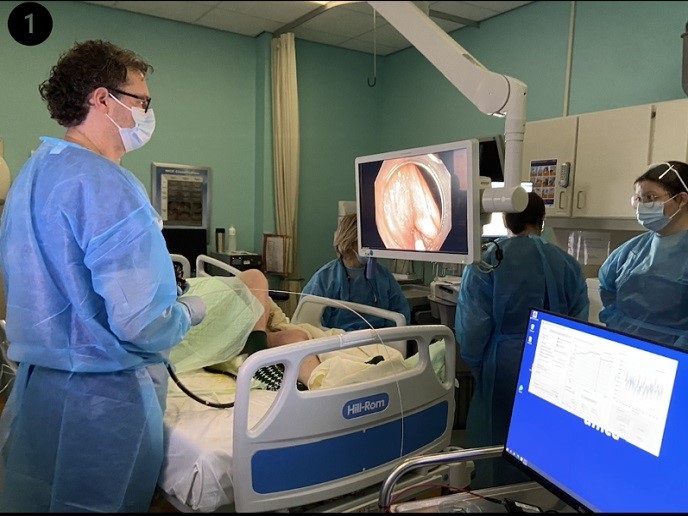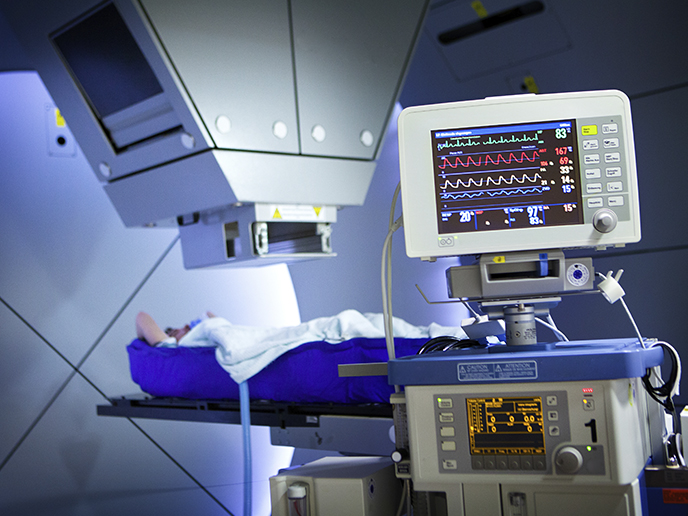A fully autonomous blood drawing device
Performed billions of times a year, blood collection is the world’s most common invasive medical procedure. It is also a critically important one. “Blood collection holds a pivotal role in clinical diagnostics, yet it is burdened by a lack of skilled workers,” says Luuk Giesen, medical officer at Vitestro(opens in new window), a Dutch company dedicated to creating a better blood drawing experience. “By automating this labour-intensive procedure, we can transform the quality of care and create a sustainable healthcare system.” So that’s exactly what Vitestro did. “The Vitestro VD-1 is an innovative, fully autonomous blood drawing device,” explains Giesen. Now, with the support of the EU-funded BRAVE project, this groundbreaking medical device is one step closer to hitting the market.
Validating the positioning system
The VD-1 has been in development for the past five years and, because of the BRAVE project, is set to launch in 2024. “The BRAVE project was key to the VD-1’s development, enabling us to industrialise and validate the positioning system, one of the device’s key components,” remarks Giesen. As Giesen explains, the positioning system is the technology that allows the VD-1 to autonomously position the needle and draw blood. “Not only did we perfect the system, we’ve designed it for mass production, which is essential to producing the device at scale,” he adds.
Patients willing to use the autonomous blood drawing device
The BRAVE project also allowed Vitestro to optimise and ultimately validate a prototype device. “This proved more difficult than we expected,” notes Giesen. “Although we had to increase the number of patients included in the clinical studies, the tests eventually yielded important insights that allowed us to fine-tune the technology.” The BRAVE clinical study involved over 1 000 patients and healthy volunteers from three hospitals. During the trial, the VD-1 performed 1 500 autonomous blood draws. “Being able to test the technology across such a large patient population was a critical step in moving the device towards market readiness,” adds Giesen. “It also demonstrated the willingness of patients to use the device.”
Increasing access to essential healthcare services
As Vitestro now shifts its focus to certification, production and marketisation, the results obtained during the project will be integrated into the final device. The company also expanded its European network and conducted a soft launch, which generated substantial media attention(opens in new window) around the world. “The mounting shortage of healthcare personnel is imminent,” concludes Giesen. “This reduces availability of and access to essential healthcare services, which is why getting our revolutionary automated blood drawing device onto the market is so important.” Vitestro is currently integrating the hardware and software of the final device, including all other subcomponents. The technology will be further tested in a clinical trial for CE marking in 2023, with the product’s launch expected to follow the year after.







